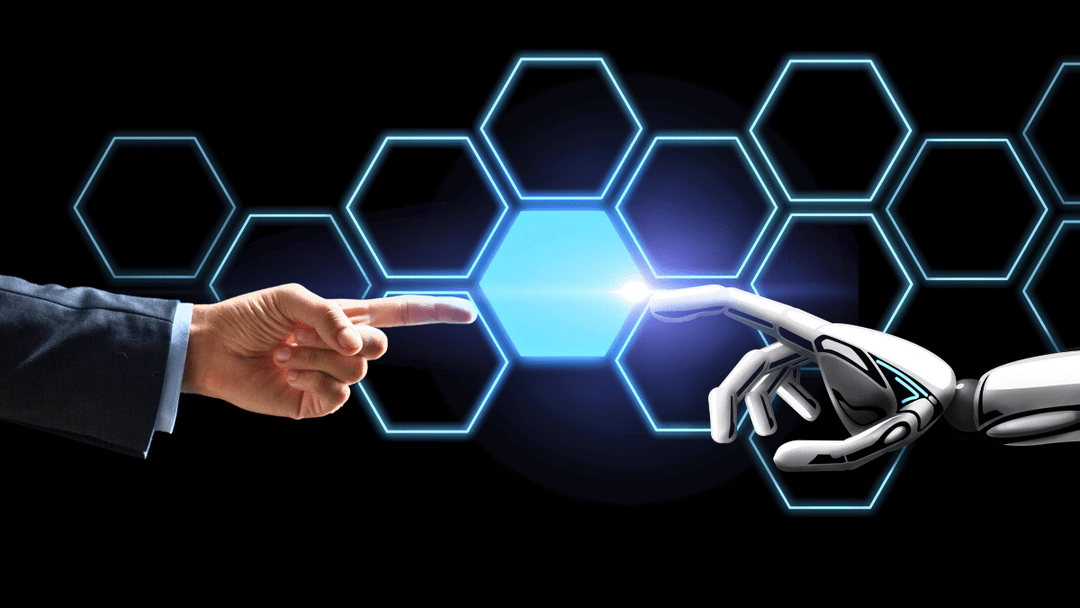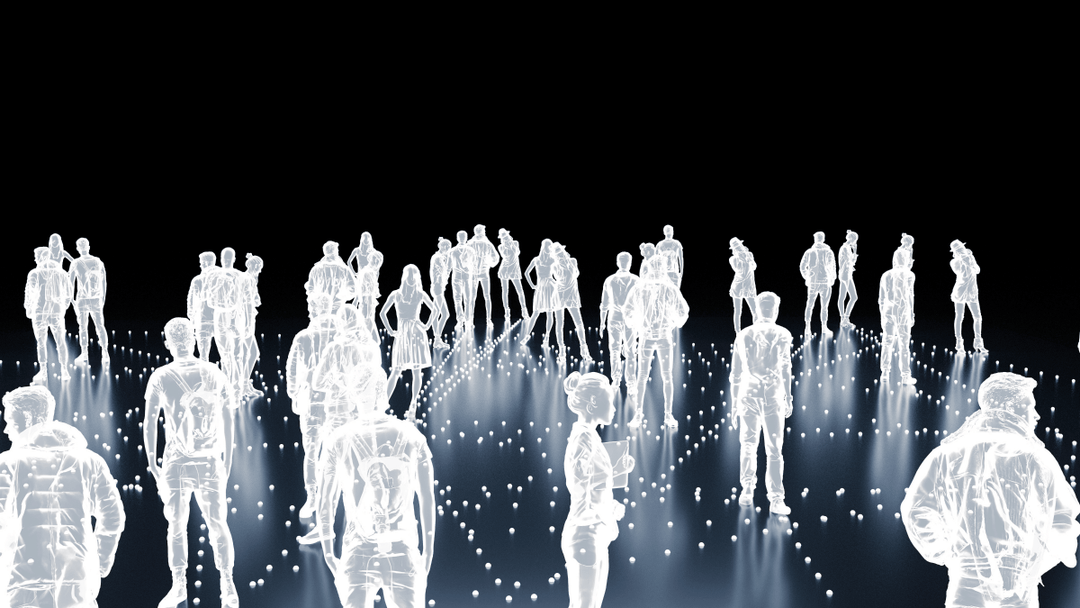Holography in Medicine: Technological Advances That Save Lives
 Holography is no longer the realm of science fiction films and video games. Today, holographic technology is revolutionizing the medical world, bringing significant improvements in patient care. In this article, we will explore how this technology is helping doctors and the key advancements to expect in the near future.
Holography is no longer the realm of science fiction films and video games. Today, holographic technology is revolutionizing the medical world, bringing significant improvements in patient care. In this article, we will explore how this technology is helping doctors and the key advancements to expect in the near future.
Understanding "Mixed Reality"
Mixed Reality (MR) is a technology that blends the real world with the digital world to create new environments and visualizations in which physical and digital objects coexist and interact in real-time. The Microsoft HoloLens headset is an example of this technology.
HoloLens and Health
In 2016, Sopra Steria Norway acquired the HoloLens headset to test the potential applications of holographic technology in the healthcare sector. What began as a pilot project in a few university hospitals quickly evolved into the HoloCare consortium, a global initiative aimed at developing holographic technology to help doctors provide better care in areas such as surgery, tumor localization, medical training, and telemedicine.
Benefits of Mixed Reality in Medicine
The use of holographic technology in medicine has led to significant advancements. Here are some of the benefits of using mixed reality in the medical field:
-
Hands-Free: Surgeons can now keep their hands free during an operation, as the hologram provides specific instructions, eliminating the need to manually check devices like tablets or phones.
-
3D Imaging: Medical teams planning a surgery can use HoloLens to project a 3D image of a patient’s body. This allows doctors to visualize the actual shape of an organ and "zoom in" on anatomical relationships, enabling quicker problem detection and proactive identification of potential solutions.
-
Navigation: Before HoloLens, surgical pathways could only be planned using 2D images superimposed on a map of the body. Today, holograms allow surgeons to literally place a map inside the patient’s body, helping them navigate more easily around tissue structures and avoid unnecessary damage.
-
X-Ray Vision: Holograms can also be used to observe the condition of organs or bones in real-time. For example, a doctor can use holographic technology to view a patient’s bone structure and observe their movements in real-time, as if they had X-ray vision.
Evolution of Communication
Holographic technology will completely change the way healthcare professionals communicate with each other. Currently, medical science relies on 2D imaging tools. When doctors study the human body, they use medical diagrams and communicate their observations with words. However, holographic technology will provide healthcare professionals with a comprehensive understanding of a disease or deficiency without having to explain it with words, thus avoiding misunderstandings.
Holoportation
Holographic tools will enable volumetric communication across different continents and time zones, a function also known as "holoportation." These techniques will transform the medical industry by eliminating the need for doctors and patients to travel.
Challenges of Mixed Reality
Despite its advantages, mixed reality also presents challenges. Mixed reality devices, like HoloLens, rely on machine learning. While these devices' ability to understand complex situations will greatly improve in the coming years, there is still a long way to go.
The Future of Mixed Reality
Will mixed reality holographic devices capture a wider audience and extend their influence beyond their specific applications in fields like medicine? That’s a question only time can answer. However, it is clear that holographic technology has the potential to transform many aspects of our daily lives, including the way we receive medical care.
If you are interested in holographic technology, I invite you to visit my store, HaloLight. You will find a variety of holographic illusions, as well as other products related to holographic technology. I particularly recommend our Holographic Helix, an excellent example of how holography can be used to create impressive three-dimensional images.
For more information on our other holographic products, you can check out our holography collection and our holographic projector.




